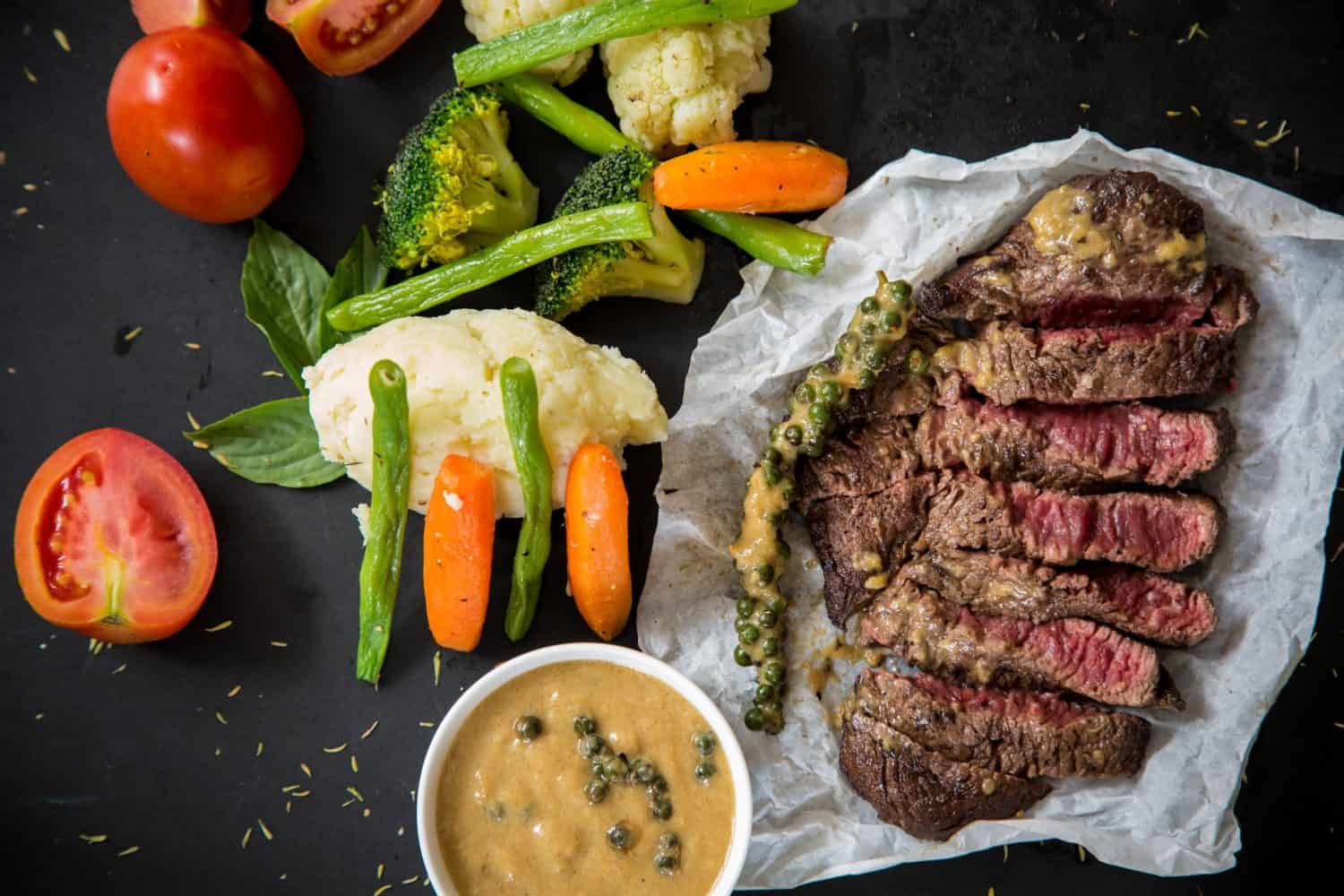There is often talk of people needing to boost their protein intake. But why is this and how do we get more protein?
Protein is a macronutrient that works as a building block for repairing tissues, organs, muscles, and cells. It also promotes fullness and makes us feel more satisfied after our meals. Which in turn can aid with weight loss because we are less inclined to snack! If you are struggling with losing weight it could be possible that you aren’t consuming enough protein. Not only does protein make us feel full, but our bodies have to work hard to break down and digest it! Making its thermic effect greater than that of carbohydrates and fats.
When we eat protein, it is broken down into amino acids which are then used by our bodies as energy or to grow. To get enough amino acids to allow these processes to happen we need to eat enough dietary protein. Animal protein is a rich source of amino acids, while there are some amino acids available in legumes and vegetables. It is important to eat a variety of protein sources (both vegetable and animal) to ensure that you are getting a wide variety and good combination of nutrients.
Does this mean that we need to be buying expensive protein powders and eating chicken breasts or tuna at every meal? Not necessarily!
Protein shakes are supplements. Therefore we should treat them as just that- supplements! Food should always be the first souce of nutrients. If we are still unable to meet nutrient intakes despite adjusting our diet, supplements might be necessary. Chat with one of our Dietitians if you are thinking about buying supplements so that we can analyse and re-jig your diet to boost any inadequate nutrient intakes.
Here are some easy ways to get more protein into your diet:
- Include protein at breakfast time. A bowl or cornflakes with sugar is not going to provide enough protein for fullness or muscle repair and growth. Try poaching some eggs and enjoying them with spinach, toast, tomatoes, and mushrooms.
- Include protein at every snack. Easy snacks are usually forms of carbohydrate such as crackers or fruit. Try to pair these with a protein food e.g. crackers with cottage cheese or hummus and yoghurt with chopped banana or fruit. Boiled eggs also make easy potable snacks! Just make sure you don’t let them get warm!
- Always include protein in your midday meal. A slice of toast or quick sandwich might seem like an easy option, but these options don’t always provide us with protein! Therefore we are more likely to suffer from the 3pm slump and drop in concentration. Try to include some boiled eggs or shredded chicken in your sandwich or add some legumes into salads.Leftovers are an easy way to eat protein at lunchtime since most of us will cook a protein food in the evenings!
- Bulk up your evening meal. We use the plate model as a general rule of thumb- aim to fill 1/4 of your plate with protein, 1/4 with carbohydrate and 1/2 with non-starchy vegetables. When cooking something easy like pasta, homemade pizzas, or wraps, it can be hard to get enough protein into each serving. Always prepare your protein food with the number of servings and plate model e.g. chop enough meat to give each person 1/4 plate before adding it to pizza or pasta.
- Boost your dairy intake! Dairy foods like yoghurt, milk, and cottage cheese are high in protein. Check the nutrition information panels on yoghurts to see which has the most protein per 100g.
- Nuts and seeds! Not only are nuts and seeds high in good fats, they also give us protein. Sprinkle these on your porridge, weetbix, or salads, or have a small handful as a snack.
- Swap marmite and jam spreads for peanut butter, cottage cheese, or hummus. These options are higher in protein and more satisfying.
- Check your bread: Grainy breads are usually higher in protein that wholemeal or white options. Check the per 100g label for protein and compare brands. Swapping your bread for a higher protein option could give you an extra 5-10g of protein if you are a keen bread eater!
- Add trim milk powder to smoothies. Protein powders are very similar to milk powders but also provide artificial colours and flavours. Add a few tablespoons of milk powder to smoothies for a cheap and easy protein boost!



